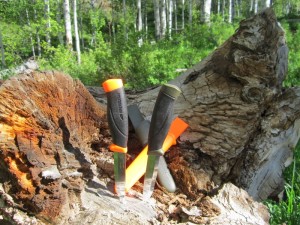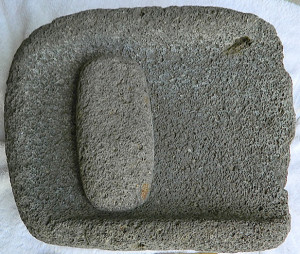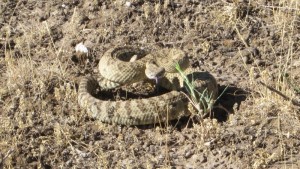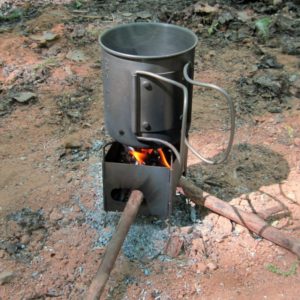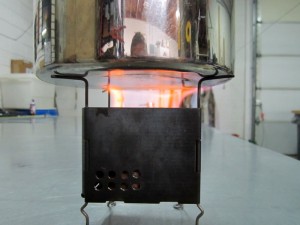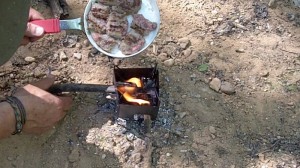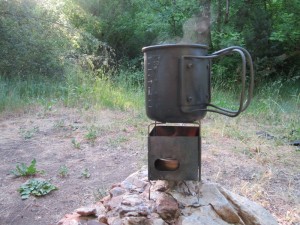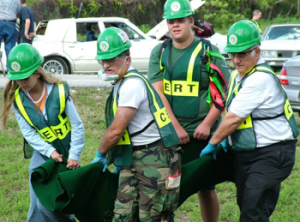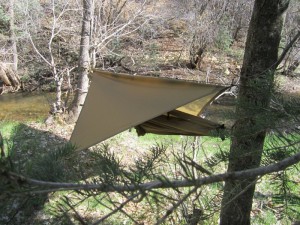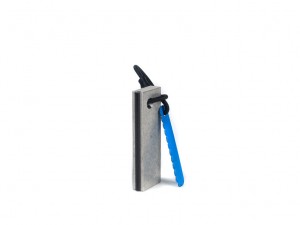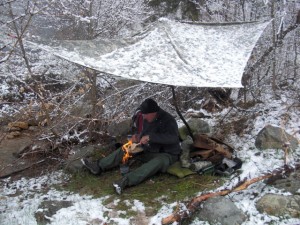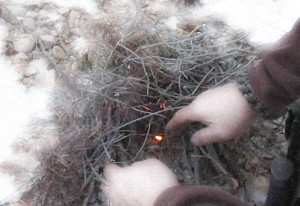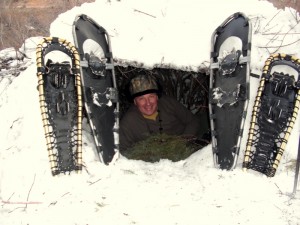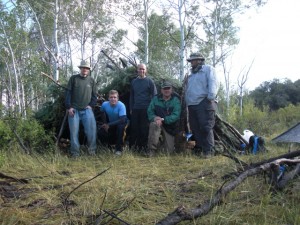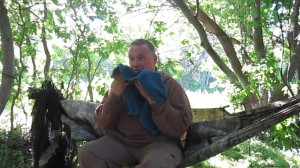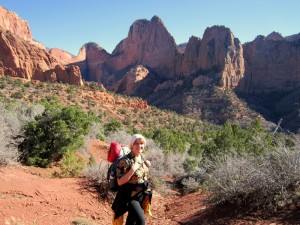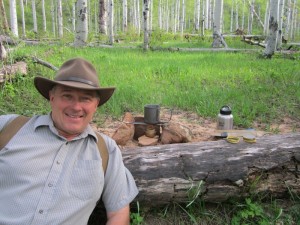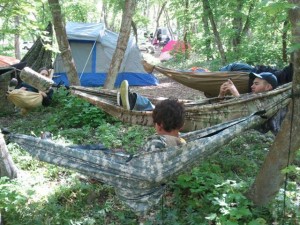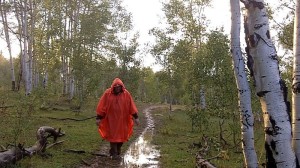
It was a midweek afternoon, my wife Shauna was driving me up a canyon to the top, and the sky was mostly clouded. As we followed the winding road up the canyon, I looked at the steep rocky canyon walls, very rugged in contrast to the lush forest growth along the sides of the road, pines, quakies, chokecherries, maples and oaks, deep green grasses covered the ground.
Soon the canyon began to widen at the flats to expose beautiful green meadows seemingly fenced in by thick forests of the white barked Quaking Aspen. A few minutes later we reached the top, another half mile or so and we reached my departure point. We rehearsed my planned route on the map I left for Shauna and agreed on a schedule for pickup time and location in three days.
Getting out of the car I put my backpack on, a light mist was falling and Shauna suggested I put on my Poncho (PSS), I told her I would when it started to rain. After an embrace and kiss goodbye I stepped onto the trail and headed north.
At first it was an open meadow which soon turned to gorgeous quakie forest groves. Upon entering I stopped for a moment to video an intro to my “Eight Lakes Solo Trek.” Resuming my hike along the stony trail I met up with a bow hunter who was on his way to a tree stand. He was hoping to be able to get an elk. We talked a bit and I told him my plans. When we got to the Rock Springs trail we parted and wished each other well.
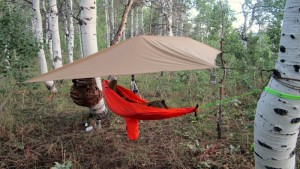
The trail took me across many meadows and through forests. I followed it up and up till I was about to come to what looked like a ridge. Suddenly a flash, the ground shook and the skies opened up almost all at once. In less than a minute the trail had become a river. I had jumped under a thick chokecherry bush about 15 feet tall and just as wide for shelter while I got into my pack to get out my poncho. The bush only offered momentary relief as the heavy rains quickly penetrated the branches and leaves. In the shelter pouch on my Rocket Pack I grabbed the first thing to put over me, sadly it was not my poncho, but my tarp. I recalled that I had made a last minute swap in the tarp I would take and just put it on top rather than taking out the poncho. Now I was a bit aggravated at myself, I could have the poncho on now and be more comfortable than trying to position and secure the tarp to the Chokecherry bush, which seemed a bit hopeless at this point in the storm with the winds and rains whipping around. Had I listened to Shauna and put on or at least got out my poncho at departure time, I would be much more comfortable now.
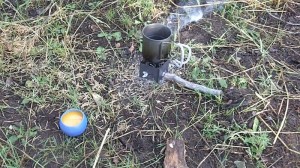
With the sharp lightning’s I was afraid to crest the ridge until things settled down, so I sat out the storm a bit longer. I used my camera tripod as a support pole for my tarp then I was able to retrieve my poncho and get it on, then put away my tarp. Lightning subsided and I put on my pack and made a dash for the ridge. As I topped it I found a plateau of sorts, an area void of trees for a distance. I had scarcely got out there when the lightning and storm resumed. Being the only thing above ground level now, I hastened across the area to the nearest forest. I kept hiking and in a while the storm ceased for the night.
At camp I got my tarp (PST) out and set it up as a canopy, then took off my poncho (PSS) and converted it into a cozy hammock. I had a little supper and turned in for the night.
In the morning I cut some thin dry curls from under the bark of a dead quakie, putting these in my Firebox NANO Ultralite Stove I soon had a fire going in it and heated some water for a hot drink, then hard boiled some eggs to eat on the trail. I encountered a little rain off and on during the day and camped out at Dry Lake for the night.
On the final day of my trek I got to the destination early so I got some Cattail shoots and added them to my other meal items and had a real feast. About an hour before my pick up time I headed up to the top of the ridge to a campsite along the road to await Shauna’s arrival. Just as I got there a severe storm came up, I put on my poncho and pulled the rain cover over my Rocket Pack. I sat at a table there to wait out the storm.
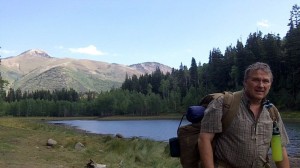
I had brought a goodly number of Cattail Leaves with me that I planned on making into braids. I decided to a test of myself. I braided them through the storm, which lasted more than an hour and a half when my ride pulled up. I braided through wind, heavy rain, fast dropping temperatures, and pea sized hail. The hail was the worst to get through, as my hands chilled they became sensitive to the stinging impact of the icy hail on them. My fingers did not work quite so well.
Looking back now I can see clearly in the braided Cattail leaves the times the hail came, neatness disappeared and in some cases it hardly even looked like braid any longer.
Conclusions – The trek was purposely planned in the hopes for a higher altitude rainy adventure and I was not disappointed in any way, some flooding had even occurred. Fire in rainy weather requires a little more patience, but is not any less possible than any other time. Trekking in the rain also means wet pants below the knees and taking on a good bit of mud. I found much comfort at night in taking off my damp clothes and hanging them up under the tarp to dry somewhat, and crawling into my foam lined blanket and settling into the hammock, I slept soundly as ever. With the chilling effect of the rain on hands in particular, simple tasks become a little more challenging, but again patience is the key, it’s all very doable. I loved the trek so much, the rainy fall weather and leaves starting to change made for a “garden of Eden” type scenic trip and I’d do it all again in a heartbeat.
That’s my report, watch for the video on our YouTube channel soon. Until next time, this is Perry Peacock, “Simplifying Survival”




